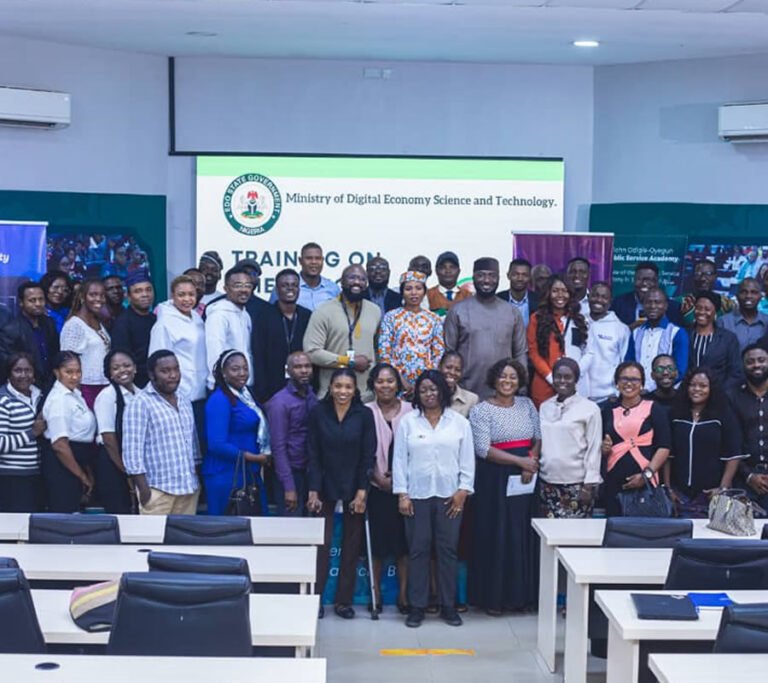FinWise Bank, a U.S.-based institution offering embedded banking services, is facing serious fallout from a recent data breach in which a former employee is alleged to have accessed sensitive customer information. An estimated 689,000 individuals have been affected.
The incident, which reportedly took place on May 31, 2024, remained undetected until June 18, 2025, and customers were formally notified in late July 2025.
What Data Was Compromised
While some details remain redacted, publicly disclosed information indicates that the following personal data may have been accessed:
- Full names
- Dates of birth
- Social Security numbers
- Account numbers
Because these are types of data often used in identity verification, theft or fraud, the risk to affected individuals is material.
Risks & Impact
Some of the risks to affected individuals include:
- Identity Theft: usage of SSNs, birth dates could allow fraudsters to open credit lines, commit loans, etc.
- Financial Fraud: unauthorized access to bank or account numbers.
- Phishing / Social Engineering: exposure of personal data makes individuals more vulnerable.
- Long-term Risk: effects could surface over months/years; just because there’s no immediate harm doesn’t mean future risk is low.
For the institution and its partners, the damage includes reputational harm, regulatory exposure (for delayed notification), and potential class-action litigation. Indeed, law firms such as Edelson Lechtzin LLP are already investigating possible claims.
What Went Right
Not everything failed—in response to the breach, FinWise:
- Engaged outside cybersecurity professionals to conduct a forensic investigation and manual document review.
- Offered affected customers 12 months of free credit monitoring and identity theft protection.
What Could Have Been Better
Based on the available information, the breach could have been mitigated or the damage reduced via:
- Shorter detection time — the long interval between breach and discovery increased exposure.
- Faster notification — regulatory and ethical best practices generally require prompt disclosure once harm is possible.
- Better insider access controls — ensuring former employees lose access immediately and access logs are monitored.
- Data minimization & segregation — storing only what’s absolutely needed and isolating sensitive info so breaches are harder to exploit.
- Strong oversight of third-party/affiliate relationships — since some data came via American First Finance (AFF), clarity of responsibility and security standards matters.
Lessons for Organizations & Action Steps
For companies wanting to avoid similar incidents, or to respond well if they occur, here are key takeaways:
- Implement Zero-Trust and Least Privilege Principles: Ensure employees (current or former) have only the access they need for their role, revoked immediately upon role change or exit.
- Comprehensive Logging & Monitoring: Detect anomalous access or access by accounts that should not have access. Regular audits.
- Incident Response Planning: Have clear procedures for detection, investigation, and notification. Test them routinely.
- Transparency & Communication: Once a breach is confirmed or seriously suspected, timely notification to affected parties and, where required, regulators.
- Offer Remediation: Credit monitoring, identity protection services; help customers understand what to do.
- Legal & Regulatory Compliance: Make sure data handling, notification policies align with relevant laws (e.g. data protection / breach-notification statutes in your jurisdiction).
What Affected Individuals Should Do
If you suspect you are among those affected, here are steps to take now:
- Review any notices from FinWise / American First Finance carefully. The notice should detail what data was compromised.
- Enroll in the credit monitoring / identity protection service offered.
- Monitor bank account statements, credit reports, and bills for unfamiliar activity.
- Consider placing a fraud alert or freezing credit reports.
- Change passwords (especially if any accounts use same or similar credentials).
- Beware of phishing or scams—breached data often leads to targeted attacks.
Conclusion
The FinWise Bank breach serves as a strong reminder that insider threats remain one of the hardest to defend against—especially when detection is delayed, or access isn’t tightly controlled. For organizations operating in highly regulated spaces like finance, failing to respond quickly and transparently can multiply the damage—not just financially, but in trust.
For Summit Systems’ clients and readers: this event underscores the importance of robust security culture, rigorous access controls, and nimble incident response. It’s not enough to prevent all breaches; organizations must also prepare to detect, manage, and recover from them well.
Media Disclaimer: This report is based on internal and external research obtained through various means. The information provided is for reference purposes only, and users bear full responsibility for their reliance on it. Summitsystemsissp assumes no liability for the accuracy or consequences of using this information






